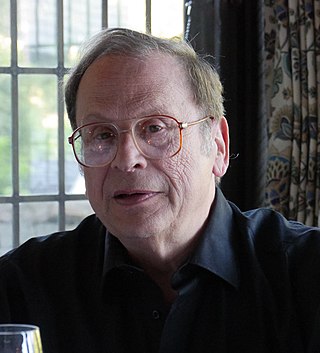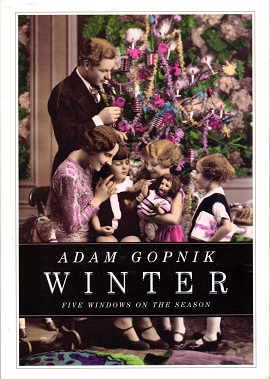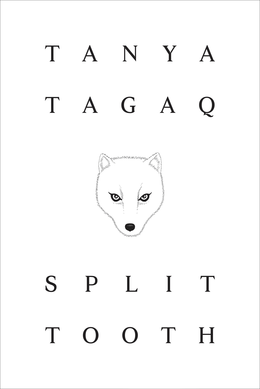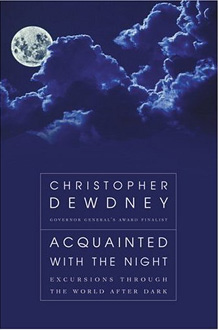
Lynn Coady is a Canadian novelist and journalist.
Christopher Dewdney is a prize-winning Canadian poet and essayist. His poetry reflects his interest in natural history. His book Acquainted with the Night, an investigation into darkness was nominated for both the Charles Taylor Prize and the Governor General's Award.

Wallace Edwards was a Canadian children’s author and illustrator whose imagination transformed the world of animals and strange creatures for a generation of children. His illustrations don’t condescend to children, they engage the imagination on multiple levels, blending childhood whimsy with adult sophistication."
The Governor General's Award for English-language children's writing is a Canadian literary award that annually recognizes one Canadian writer for a children's book written in English. It is one of four children's book awards among the Governor General's Awards for Literary Merit, one each for writers and illustrators of English- and French-language books. The Governor General's Awards program is administered by the Canada Council.
Diane Mavis Schoemperlen is a Canadian novelist and short story writer.
The J.M. Abraham Poetry Award, formerly known as the Atlantic Poetry Prize, is a Canadian literary award, presented annually by the Atlantic Book Awards & Festival, to the best work of poetry published by a writer from the Atlantic provinces.
The Evelyn Richardson Memorial Non-Fiction Award is a Canadian literary award, presented annually by the Atlantic Book Awards & Festival, to the best work of adult non-fiction published in the previous year by a writer from Atlantic Canada. It is the oldest literary award in the region and is considered the most prestigious for a work of non-fiction. The award was named to honour Evelyn M. Richardson.

Keith Maillard is a Canadian-American novelist, poet, and professor of creative writing at the University of British Columbia. He moved to Canada in 1970 and became a Canadian citizen in 1976.

The Upside of Down: Catastrophe, Creativity, and the Renewal of Civilization (ISBN 0-676-97722-7) is a non-fiction book published in 2006 by Thomas Homer-Dixon, a professor who at the time was the director of the Trudeau Centre for Peace and Conflict Studies at University of Toronto.

The Ash Garden is a novel written by Canadian author Dennis Bock and published in 2001. It is Bock's first novel, following the 1998 release of Olympia, a collection of short stories. The Ash Garden follows the stories of three main characters affected by World War II: Hiroshima bombing victim Emiko, German nuclear physicist Anton Böll, and Austrian-Jewish refugee Sophie Böll. The narrative is non-linear, jumping between different times and places, and the point of view alternates between the characters; Emiko's story being written in the first person while Anton and Sophie's stories are written in the third person. Bock took several years to write the novel, re-writing several drafts, before having it published in August 2001 by HarperCollins (Canada), Alfred A. Knopf (USA) and Bloomsbury (UK).

Brian Francis is a Canadian writer best known for his 2004 debut novel Fruit.
Sarah Ellis is a Canadian children's writer and librarian. She has been a librarian in Toronto and Vancouver. She has also written reviews for Quill and Quire. She taught writing at the Vermont College of Fine Arts and is a masthead reviewer for The Horn Book.

Winter: Five Windows on the Season is a nonfiction book written by Adam Gopnik for the 2011 Massey Lectures. Each of the book's five chapters had been delivered as a one-hour lecture discussing artistic portrayals of winter: its impact on culture and societies, polar exploration, and winter recreation. Each lecture was held in a different Canadian city: Montreal on October 12, Halifax on October 14, Edmonton on October 21, Vancouver on October 23, and ending in Toronto on October 26. The book was published by House of Anansi Press while the lectures were broadcast on CBC Radio One's Ideas between November 7 and 11.

Mariko Tamaki is a Canadian artist and writer. She is known for her graphic novels Skim, Emiko Superstar, and This One Summer, and for several prose works of fiction and non-fiction. In 2016 she began writing for both Marvel and DC Comics. She has twice been named a runner-up for the Michael L. Printz Award.
Liam Durcan is a Canadian neurologist at the Montreal Neurological Hospital and an Assistant Professor at McGill University. He has published three books, A Short Journey by Car, Garcia's Heart, and The Measure of Darkness. Born in Winnipeg, Durcan lived in Detroit briefly as a child, and has been at the Montreal Neurological Institute since 1994.

A Great Game: The Forgotten Leafs and the Rise of Professional Hockey is a 2013 non-fiction book by Stephen Harper concerning the history of professional ice hockey in Canada during the early 20th century.
Kai Cheng Thom is a Canadian writer and former social worker. Thom, a non-binary trans woman, has published four books, including the novel Fierce Femmes and Notorious Liars: A Dangerous Trans Girl's Confabulous Memoir (2016), the poetry collection a place called No Homeland (2017), a children's book, From the Stars in The Sky to the Fish in the Sea (2017), and I Hope We Choose Love: A Trans Girl's Notes from the End of the World (2019), a book of essays centered on transformative justice.

Split Tooth is a 2018 novel by Canadian musician Tanya Tagaq. Based in part on her own personal journals, the book tells the story of a young Inuk woman growing up in the Canadian Arctic in the 1970s.

Tiger Flowers is a 1994 picture book written by Patricia Quinlan and illustrated by Janet Wilson. It tells the story of a young boy who reflects on his memories of his uncle who has recently died from AIDS. It was published by Dial Books for Young Readers on May 1, 1994. Critics generally praised the book for presenting the difficult topics of AIDS and death to a younger audience, as well as Wilson's illustrations. It was a finalist for the Lambda Literary Award for Children's and Young Adult Literature in 1995.
Acquainted with the Night: Excursions through the World after Dark is a Canadian television documentary film, which was broadcast by Documentary in September 2010. Adapted from the nonfiction book by Christopher Dewdney, the film explores various aspects of life at nighttime, both in human and wilderness environments. Events depicted in the film include religious ceremonies, nighttime cultural events such as Nuit Blanche, intimate moments such as parents reading stories to their children at bedtime, philosophical musings on the effects of nighttime light pollution, and visuals of nocturnal animals.











